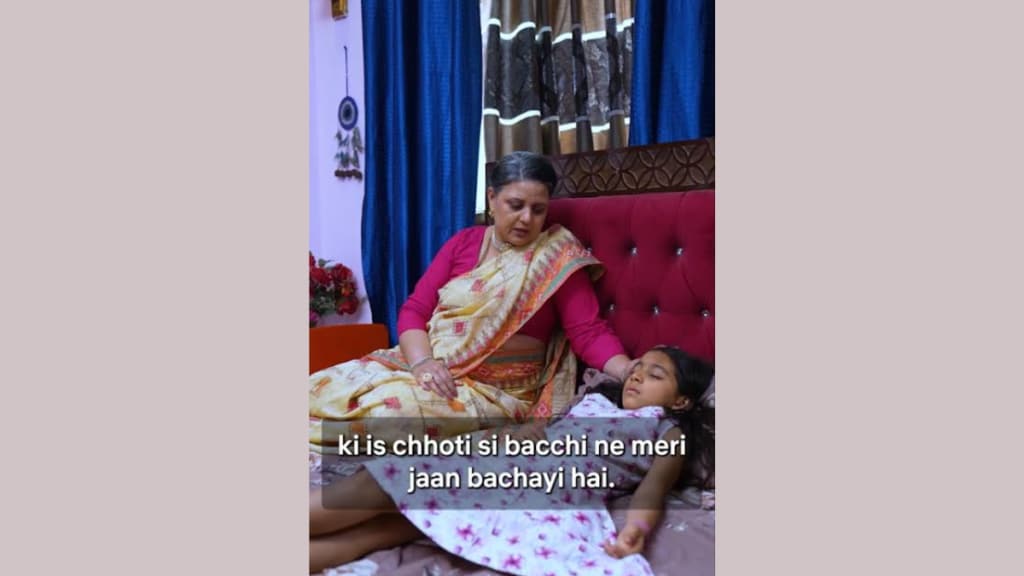In late 2024, microdramas in China outperformed the film industry in terms of revenue. A seismic shift—and one that India seems poised to follow. “We are bullish on vertical dramas and the genres around this format,” says Vinod Kumar Meena, COO and co-founder of KUKU. Meena says India has about 900 million internet users, of which around 150 million pay for content. He estimates that soon, around 500 million users will pay for content—and the market size for vertical drama alone will be around 300 million users. Hence, this is a huge opportunity.
Microdramas—short episodic vertical videos under two minutes—are not just a passing trend. Globally, that market is projected to hit $13 billion by 2027. In India, where short-form video consumption is surging, the format is taking root as a new form of mainstream entertainment. Platforms like KUKU have invested heavily, producing shows like My Idiot Hero Husband, Secret Billionaire,and Study God. “April onwards, we will release one microdrama a day and gradually we want to release 100 microdramas a month,” says Meena.
This reflects deeper shifts in content consumption patterns. The combination of a “scroll-first” audience and the dominance of social media platforms has created fertile ground for bite-sized, emotionally charged storytelling. The shift is underscored by platforms’ increasing reliance on local languages. Meena adds over 50% of the audience prefers stories in their own language.
The market fundamentals support this surge. According to Delphin Varghese, co-founder & chief revenue officer at AdCounty Media, “The need for microdramas in India is increasing faster than in most markets. Platforms such as YouTube Shorts, Instagram Reels, and MX TakaTak have noticed explosive engagement, with short-form video consumption rising 75% year-on-year.”
This rise isn’t accidental. “Affordable smartphone penetration, internet expansion catalysed by Jio, and high-impact storytelling in local languages give India an advantage,” Varghese says. The success of Reels is proof that bite-sized video content is addictive, says Anuj Gosalia, founder & CEO of Terribly Tiny Tales.
The business model is evolving. Kuku has opted for a subscription-based approach rather than micropayments or in-app purchases. It offers a Kuku Premium subscription model with a quarterly or annual plan, providing unlimited access for a fixed fee. Other platforms are experimenting with different models. “Platforms typically monetise via the use of coins or through premium subscriptions,” Gosalia notes. “However, in India, I would not be surprised if ads or product placements play an important role in monetisation.”
Varghese sees product placement and AI-driven ads as the next frontier. “Brands are no longer just inserting ads—they’re becoming part of the narrative. Direct fan monetisation through creators, virtual gifting, and alternative endings that users can pay for are gaining traction.”
The most attractive aspect of microdramas is their low production cost. Avanish Agarwal, strategy head, Anvis Digital estimates that a single microdrama takes Rs 5,000 – Rs 10,000 per episode to produce. This is in stark contrast to traditional shows. “TVF’s Cubicles, for instance, had a budget of Rs 25,000 and garnered over 50 million views, resulting in a cost-per-view that is 1/20th of Netflix’s Sacred Games,” he says.
The real cost advantage is in the distribution model itself—direct-to-platform releases cut out middlemen and allow quicker returns on investment. Moreover, AI-driven content generation is also bringing down expenses by automating script writing, editing, and voice-overs, he notes.


